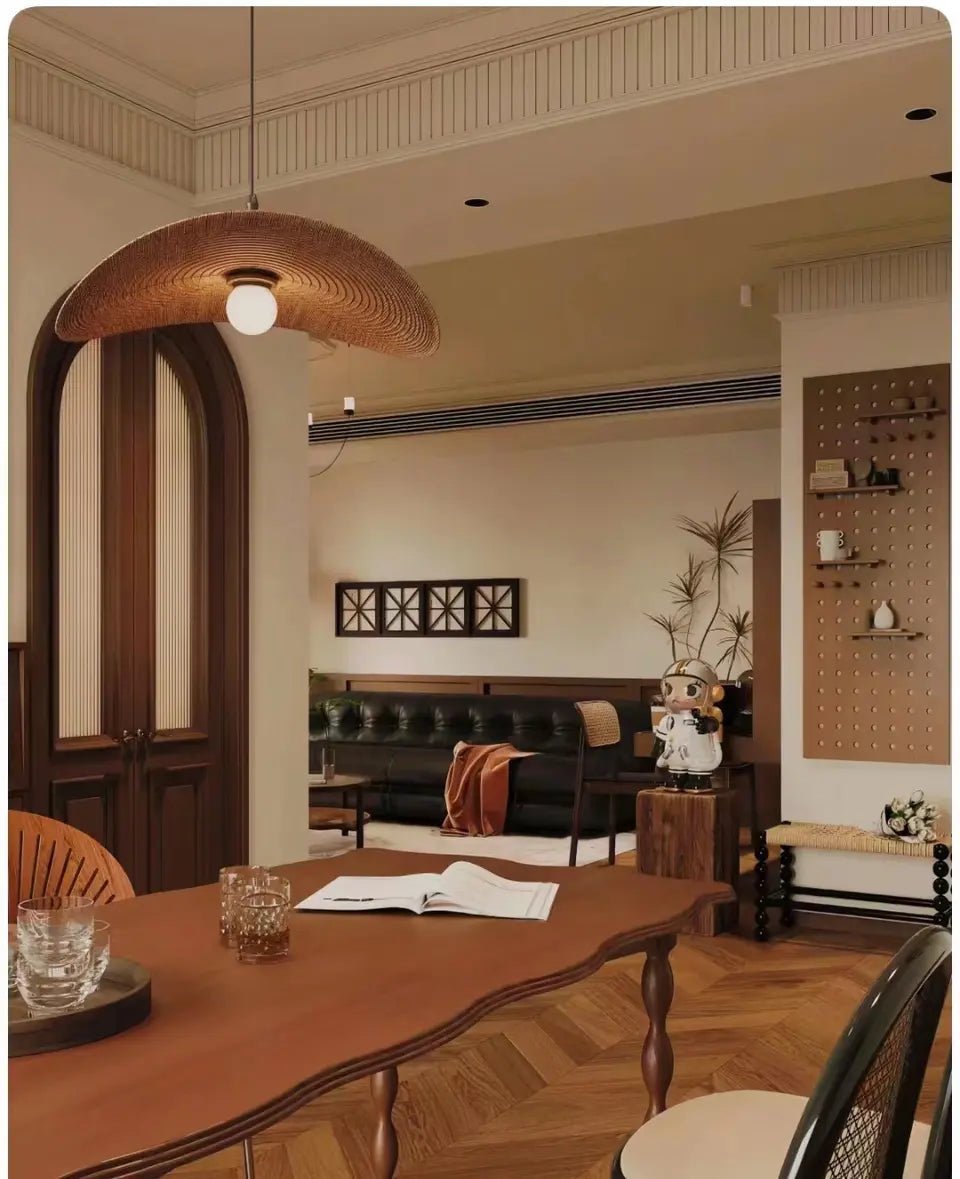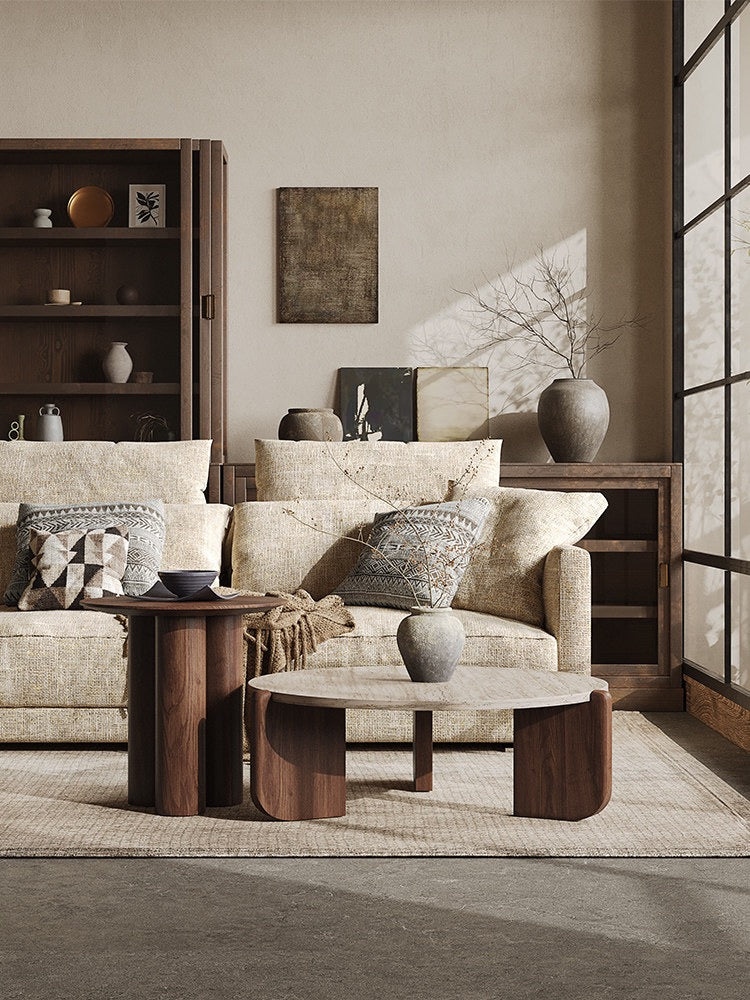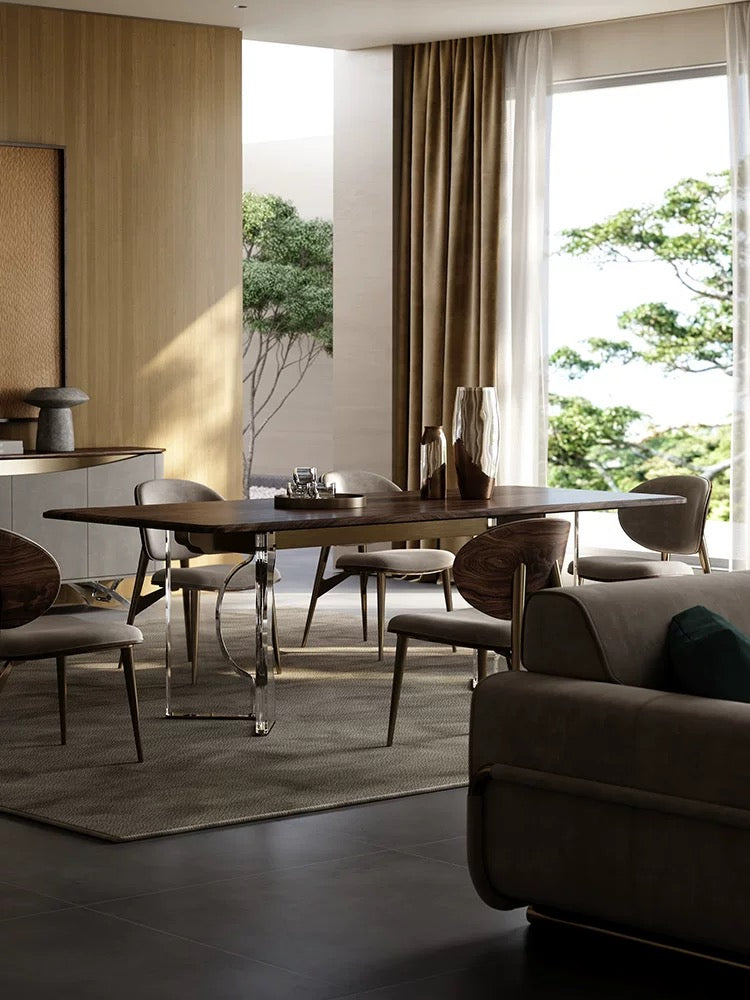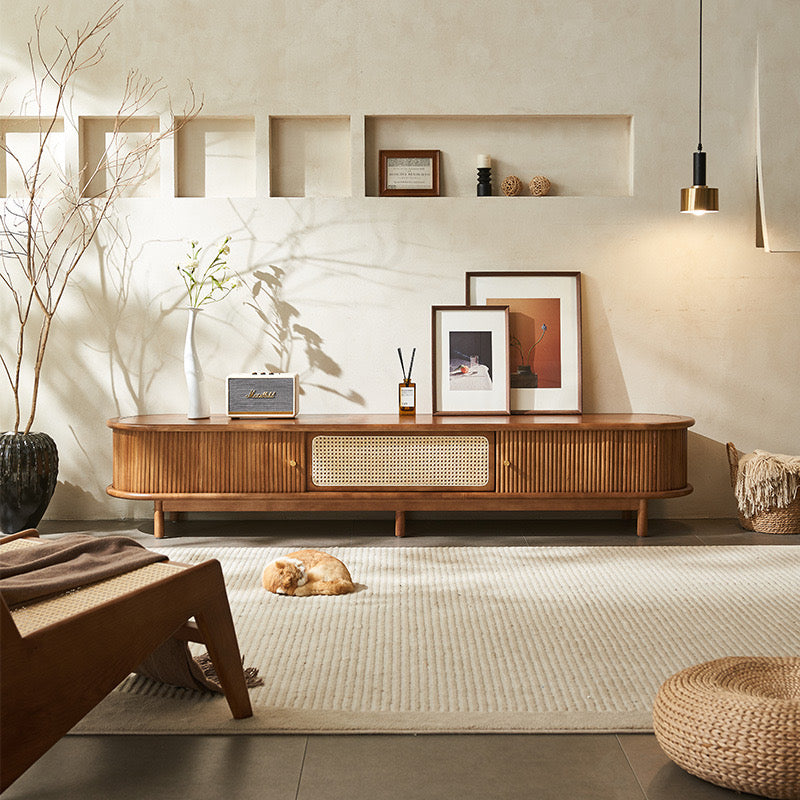
🛋 Why the Sofa Is the Soul of the Living Room: What Really Matters When Choosing One
, by Magico Home, 5 min reading time

, by Magico Home, 5 min reading time
In modern homes, the living room is often the central hub of daily life. And at the heart of that space? The sofa.
It defines the atmosphere, anchors the design, and offers a place for both relaxation and connection. Many people assume the most important aspect of a sofa is its style or color—but that’s not entirely true. In reality, what determines the quality and comfort of a sofa comes down to three critical elements: the upholstery material, the internal frame, and the filling structure of the seat and back cushions.
Let’s take a deeper look, based on our years of experience in designing and producing sofas

🔍 What Really Determines a Sofa’s Quality?
Since 2019, we’ve been making our own sofas—a process filled with trial, error, and constant learning. While our technical knowledge has evolved, our core design philosophy has remained steady. We’ve come to understand that:
✅ The fabric or leather is the most important component.
✅ The frame determines the structure and durability.
✅ The filling materials define the actual sitting experience.
Let’s break each of these down
🇮🇹 Why Are Italian Sofas So Expensive?
Italy is home to many of the world’s top sofa brands—and their price tags reflect it. Is the pricing inflated? In many cases, yes, but not entirely without reason.
The biggest cost factor isn’t the frame or filling—it’s the upholstery material, especially high-grade leather. At global furniture expos, you'll find that the most expensive models are always wrapped in the finest materials available. Why? Because great upholstery determines both the visual appeal and the comfort of the sofa.

A top-tier Italian sofa might be overpriced at $30,000+, but if you account for material cost, design, import logistics, and brand margin, a price point around $10,000–$15,000 is often justified.
💡 The Truth About Fabric: More Than Just Looks
Many people think what makes a sofa great is the foam or feather filling inside. That’s partially true—but from years of prototyping, we’ve learned: upholstery changes everything.
We’ve built test sofas with identical frames and filling, wrapped in different fabrics—and the result? Drastically different in both look and feel.
For example, we once tried to replicate Le Corbusier’s iconic LC3 chair. We invested heavily in the molded corners and frame, but when it came to the leather, we simply couldn’t match the Italian version. Their leather was thicker, more elastic, with a natural sheen and structure. It shaped itself around the body over time—something cheaper leather simply couldn’t replicate.

In the end, we chose not to continue that product line, out of respect for the original design. The takeaway? Good materials aren’t optional—they’re foundational.
🧵 Fabric Matters: A Closer Look at Velvet, Linen, and Leather
Velvet
Velvet varies greatly in quality. In Australia and China, most commercial velvets are synthetic, made of polyester. True cotton velvet or silk velvet is rare and expensive, offering a rich, matte texture that absorbs light beautifully.
Polyester velvet, on the other hand, reflects light and often looks shiny or cheap. It lacks the soft quietness of silk or cotton.
Linen
Ideal for relaxed, lived-in styles. Linen sofas naturally wrinkle, giving a casual, effortless aesthetic—especially popular in warm climates like Brisbane. They pair well
Lambskin
A rare material used by a handful of Scandinavian brands. Produced mainly in China but popular in Denmark and Sweden, lambskin adds warmth and texture but only suits specific sofa styles.
Leather
The most versatile and widely used material. Good leather offers strength, stretch, and a natural patina over time. Thicker hides can support both tight, structured styles and loose, relaxed designs, but high-quality leathers with rich tones are expensive.
🪵 Inside the Frame: What You Don’t See Matters

Common Sofa Frame Types:
Solid wood frames (most common in China and Australia)
Foam-core frames (e.g. the iconic TOGO sofa from the 1970s)
Metal-structured frames (preferred by top European brands)
In top Italian brands, metal or foam-core frames are the standard—not wood. Why don’t we see more of them in local markets?
Two reasons:
✅ The cost of R&D and tooling (metal frame molds can cost tens of thousands)
✅ The learning curve—few manufacturers invest in purchasing and studying high-end European designs firsthand
Benefits of Metal or Foam Frames:
Higher durability than wood
Slimmer profiles, saving space—ideal for urban homes in Sydney or Melbourne
Integrated modularity, allowing parts to be replaced like components in a motherboard
Despite higher initial costs, these frame types often result in faster production and more modern silhouettes.
Comfort Is a Science of Layers
Let’s be honest—making a sofa “feel good” isn’t that hard. Even beanbag-style seats filled with plastic pellets can be cozy.

But true supportive comfort comes from:
🧽 Multiple layers of foam with varying density
🪶 A mix of down (goose or duck) for softness
🪡 Smart structural design and repeated testing
One of our most comfortable sofas, the S09, uses zoned filling with imported foam and goose feathers. But much of the comfort actually comes from the high-quality leather wrapping around it. The tactile feel and rebound effect are irreplaceable
❗ The Truth About Fillings: A Matter of Integrity
Not all foam is equal. Non-recycled, high-resilience foam can last for years without sagging—but it’s expensive. Many factories mix in cheaper filler powders to cut costs.
The same goes for feathers: real goose down is rare and costly. Most sofas use duck feather, or even chicken feather blends. Again, it comes down to price vs. ethics.
Ultimately, good comfort results from a balanced combination:
Firm foam for support
Feather or fiberfill for softness
Quality upholstery for tactile sensation
🧭 What Should You Look For in a Sofa?
👉 Fabric is the most important—it dictates cost, comfort, and appearance
👉 Frame and filling reflect the manufacturer’s integrity—since these parts are hidden, only honest makers invest in doing them right
👉 Don’t be fooled by surface beauty—a good sofa is beautiful on the inside too
We hope this guide gives you a clearer understanding of what truly makes a great sofa. As we’ve learned over years of hands-on experience, good design is built on thoughtful material choices, honest craftsmanship, and attention to long-term comfort.
If you’re in the market for a sofa, don’t just look—touch, test, and ask questions. After all, it’s not just a piece of furniture—it’s the soul of your living room.



